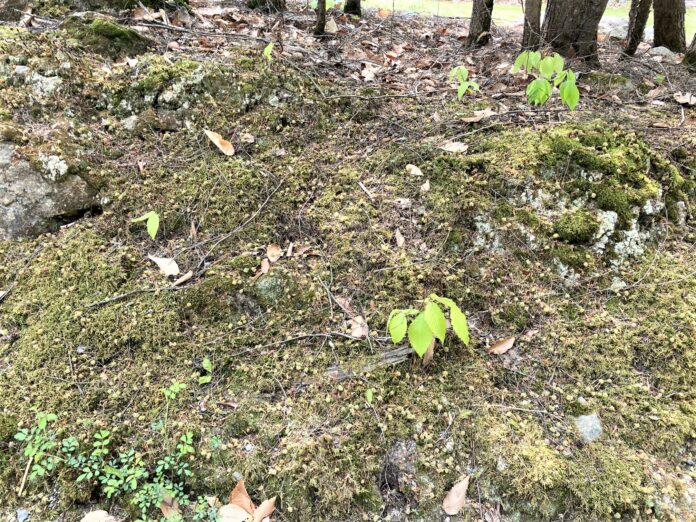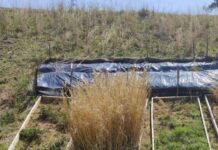Most folks involved in erosion and sediment control have an opinion about the most important factors in determining how well this is done on construction sites. Researchers in China conducted a study to quantify the opinions of 15 experts as to which factors, previously identified from the literature as being important, were the most important in minimizing soil erosion losses on construction sites.1
There were four categories of factors identified from published research: natural conditions (NC), construction activities (CA), conservation measures (CM) and management measures (MM). The NC factors were related to rain patterns, slope and soil, while the CA factors included cut-fill volumes and various water handling activities such as dewatering and vehicle mud removal. CM involved sediment trap design and maintenance and various measures to cover the soil. MM was overall site management from both the construction company and the government (regulations and inspections) sides.
This information was presented to 15 decision-makers that included 10 professors and five senior engineers with extensive experience in construction site management in three large cities in China. They were asked to rank the relative importance of the factors. Overall, nearly half of the soil loss risk lay within the MM realm, indicating that willingness to use good practices was the most important factor. Within MM, both construction company and government management were very important. The authors suggested that these are indications of the need for training of construction site staff as well as government oversight and enforcement.
The next most important factor was NC, governing 26% of the soil loss risk primarily due to rainfall intensity. Sediment basins and cover brought the CM factor in at third most important and CA was considered the least important at only 10% of the risk. The ranking of factors within the four categories was highly influenced by the location of the experts and conditions at those locations.
Slope Revegetation
Revegetating steep, eroded slopes is always a challenge. A recent study evaluated the vegetation and erosion potential five years after a site received a variety of treatments to establish vegetation and reduce erosion.2 After tillage, the treatments included seeding with two different plant species — Cynodon dactylon (C. dactylon) and Coreopsis basalis (C. basalis) — with or without biocrusts (Figure 1)
composed mainly of mosses (primarily Anoectangium stracheyanum). The biocrusts were established by harvesting nearby biocrusts, grinding and sieving the material and spreading on the plots. Urea fertilizer was applied annually at 125 kg ha-1.
Erosion was measured under a rainfall simulator on large blocks (0.6 m x 0.4 m x 0.2 m deep) that were excavated intact using a steel frame inserted into the soil. Three successive rainfall events were simulated at 30, 60 and 90 mm h-1. For both plant species, testing was done with biocrusts both with and without the plant canopy in place. Both species were also tested with no biocrust and the plant canopy removed (e.g. roots alone).
Lastly, tests included biocrusts alone, plots with the biocrusts removed and control plots from untreated areas with bare soil. Overall, biocrusts provided 67% cover and plants 43% to 65% cover in the combined plots, while biocrusts alone averaged 98% cover. Erosion relative to bare soil was reduced very little in the removed biocrust plots and 40% to 70% where only the plant roots were present. Plots with biocrusts with or without plants generally had erosion reductions of greater than 90%. Overall, biocrusts (moss) were the most effective at reducing erosion with or without plants, especially for the more intense rainfall events. The plant canopy was most effective during the low intensity event, but with decreased effectiveness at the higher intensities.
Both plants and biocrusts increased soil organic matter and aggregation and reduced bulk density relative to the bare soil controls. The authors suggest that short plants with dense canopies along with biocrusts are an excellent approach to reclaiming highly
degraded land similar to the red sandstone area with subtropical, monsoon climate where these tests were conducted.
References:
Tang, H., P. Shi, X. Fu. An analysis of soil erosion on construction sites in megacities using analytic hierarchy process. Sustainability 2023, 15, 1325. doi.org/10.3390/su15021325.
Shen Faxing, S., T. Chongjun, Z. Jichao, Y. Ronggang, Z. Taihui, and N. Dekui. 2023. Water erosion control of undisturbed soil cores by near soil surface factors after 5‑year vegetation restoration in red sandstone area from subtropical China. Journal of Soils and Sediments (2023) 23:1356–1369. doi.org/10.1007/s11368-022-03382-x.
About the Expert
Rich McLaughlin, Ph.D., received a B.S. in natural resource management at Virginia Tech and studied soils and soil chemistry at Purdue University for his master’s degree and doctoral degree. He has retired after 30 years as a professor and extension specialist in the Crop and Soil Sciences Department at North Carolina State University, specializing in erosion, sediment and turbidity control. He remains involved with the department as professor emeritus.













